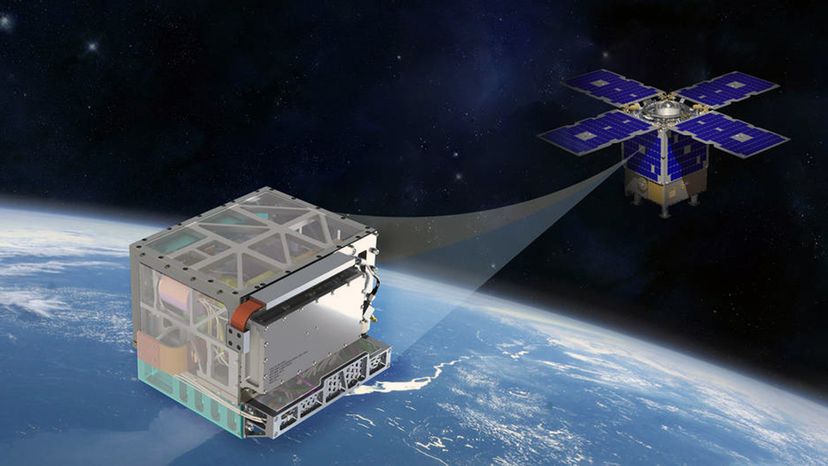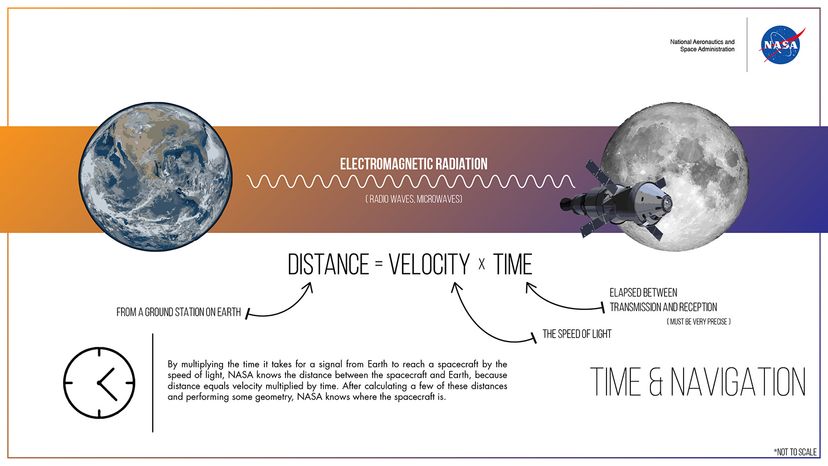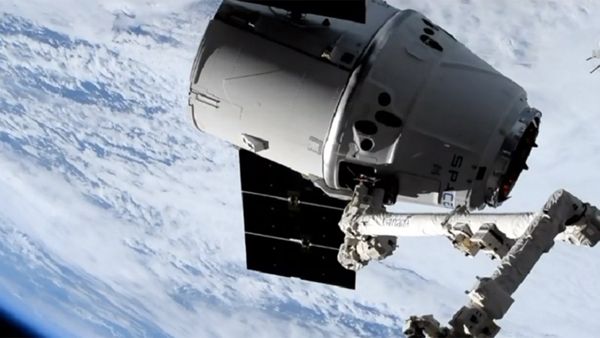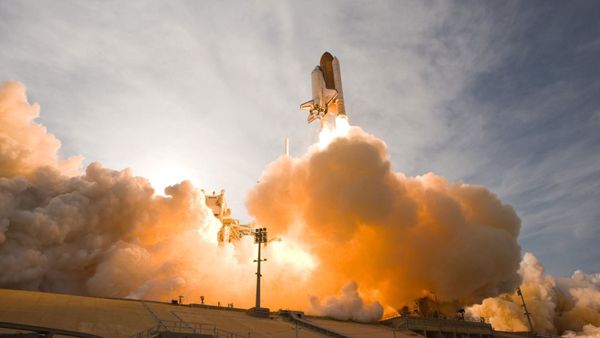
On Saturday, June 22, SpaceX plans to launch its Falcon Heavy Rocket out of the Kennedy Space Center in Cape Canaveral, Florida. The reusable craft is coming off two successful flights; its maiden launch in early 2018 and a satellite delivery trip in April 2019.
For its third adventure, the Falcon Heavy will ferry a trove of precious cargo up into space. Around two dozen satellites are going along for the ride this time. But the rocket's most interesting passenger has to be the Orbital Test Bed satellite. Its main payload is an experimental, toaster-sized gizmo called the Deep Space Atomic Clock (DSAC). If the thing works properly, future missions to Mars, Jupiter and beyond could become a whole lot easier — and less expensive.
Advertisement
Atomic clocks are time-keeping devices that work by keeping subatomic particles resonating at a desired frequency. Using this process, the clocks can tell time with incredible accuracy. It's a level of precision that makes our GPS technology possible. GPS receivers use atomic clocks to determine the distance between themselves and global positioning satellites (which have their own built-in atomic clocks). With that info at hand, the receiver can pinpoint your whereabouts.
Similarly, NASA uses atomic clocks to guide man-made vessels through deep space — which is defined as any celestial point that's "at or beyond" the moon's orbit.
First, a signal is sent up through the antennae at ground-based stations. Upon receiving this, the spacecraft fires off a return signal. And that's where the timekeeping comes in. Surface-level atomic clocks tell scientists exactly how much time has elapsed between the outgoing signal and its reply message.
Calculations are then made to determine the craft's velocity, trajectory and location. Meanwhile, the vessel itself has to idle around, awaiting navigational commands from the Earth-bound team.

The DSAC was designed to streamline the process. Weighing just 35 pounds (16 kilograms), it's significantly lighter than the massive, grounded clocks that are currently used to direct deep space missions. In fact, it's small enough to fit on a satellite or rocket.
So if the device works, future astronauts won't have to twiddle their thumbs until Earth dispatches traveling instructions. With a portable atomic clock aboard, they can assess their own bearings, make quicker decisions, and enjoy some measure of autonomy.
Ground stations could benefit from the arrangement, too. At the moment, they're limited to tracking one spacecraft at a time, but the DSAC would eliminate the need for return signals. That'd allow the stations to track multiple vessels simultaneously.
Tests conducted here on Earth found that the DSAC — which utilizes mercury ions to tell time — was vastly more accurate and stable than any of the atomic clocks you'll find on GPS satellites.
Now, the scientific community is looking to see how the device will fare in the Final Frontier. But they're not going to shoot it past the moon right away. After the Falcon Heavy takes off, the DSAC will spend a year in Earth's orbit as engineers keep close tabs on its progress.
"We have lofty goals for improving deep space navigation and science using DSAC," Dr. Todd Ely said in a 2018 NASA statement. An investigator at the Jet Propulsion Laboratory, Ely adds that the gadget "could have a real and immediate impact for everyone here on Earth if it's used to ensure the availability and continued performance of [GPS systems]."
Advertisement


